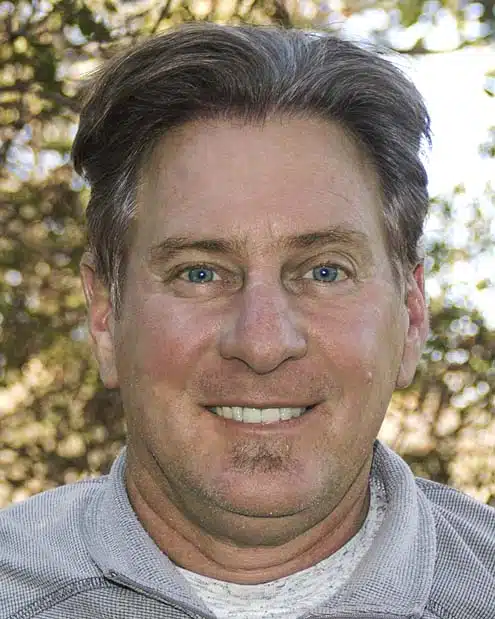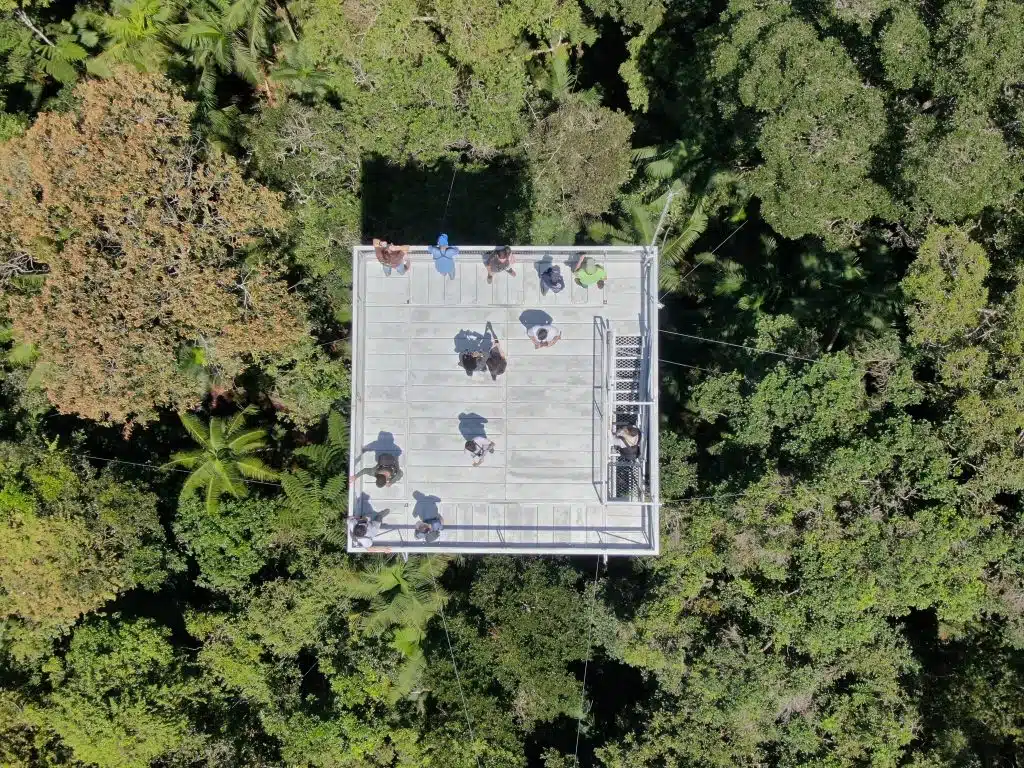CONSERVATION SUPPORT
Last updated 10 March 2025
As an international ecotourism company focused primarily on bird watching, Field Guides has been deeply concerned with environmental protection and biodiversity conservation. For many years it has been our practice to make an end-of-year financial contribution to organizations that are dedicated to preserving and protecting our natural world. These organizations have included Birdlife International, Conservation International, The Nature Conservancy, BirdsCaribbean, and American Bird Conservancy, among others.
At our annual business meeting in August 2023, Field Guides unanimously agreed to increase our annual donation amount by 20%.
2024 Report
In 2024, Field Guides made contributions to four different conservation organizations. Several of our donations this year went to help protect endangered psittaciforms, including two species of Hapalopsittaca parrots.
PROJECT SNOW STORM (https://www.projectsnowstorm.org/). Project Snow Storm started in 2013 as “one of the world’s largest collaborative research projects focusing on Snowy Owls.” This collaboration includes winter tracking of over 110 Snowy Owls with GPS/GSM transmitters, studying mortality rates of juvenile snowy owls, working with airport authorities and federal wildlife agencies to be better prevent airplane strikes as well as capture and relocation of Snowy Owls, research on blood work and toxicology testing, and outreach and education (tracking maps are available to the public, plus cooperating with students and teachers who want to use their data).
ARTEMIS NATURE FUND (https://artemis.org.au/). Conservation Partners is working towards protection of Golden-shouldered Parrots (Psephotellus chrysopterygius) in their native range of Queensland, Cape York, Australia. Currently, the population is estimated to be 2,300 birds (including 1,500 held in captivity) occupying a total range of 120 X 225 km. The population decline has been attributed to trapping, fire suppression, feral cats, and invasive tree species (reducing appropriate grassland habitat). The Artemis Station is focused on two broad strategies, 1) secure the remaining birds using interim interventions (protecting nests from predators), and 2) restore habitats which will provide long-term population security.
AMERICAN BIRD CONSERVANCY (https://abcbirds.org/bird/indigo-winged-parrot/). A project to extend the conservation zone for the endangered Indigo-winged Parrot, also known as “Fuertes’s” Parrot (Hapalopsittaca fuertesi). Listed as Critically Endangered with fewer than 250 mature individuals located in the highland cloud forest of Northern Central Andes of Colombia. The parrot was first described in 1911 but then disappeared from historic record for over 90 years. It was found again in 2002, and conservation efforts have focused on protecting its dwindling habitat, and the use of man-made nest boxes. The parrot is named in honor of the great American bird artist, Louis Agassiz Fuertes.
JOCOTOCO CONSERVATION FOUNDATION (https://www.jocotococonservation.org/). A donation was made to purchase land in the high-elevation cloud forests of southern Ecuador, a place known as Selva Alegre, where the world’s largest remaining population of Red-faced Parrots (Hapalopsittaca pyrrhops) exists. There are no national parks in this region, and the Jocotoco Foundation has taken the lead in protecting this diverse landscape, much of which is threatened by forest cutting. Jocotoco will purchase at least 1,235 acres in Selva Alegre and will manage the land as a nature reserve. The reserve will be named in honor of Robert “Bob” Ridgely.
UPDATE!

In honor of our colleague and friend, Tom Johnson, who passed away suddenly on July 23, 2023, last year Field Guides made a donation to the American Bird Conservancy (ABC) for a project being carried out by ROC (Red de Observadores de Aves y Vida Silvestre de Chile) and supported by ABC that will deploy MOTUS tags in hopes of finding the breeding colonies of the Wilson’s “Andean” Storm-Petrel. Tom loved seabirds. In 2024, the team published the scientific description of the Andean Storm-Petrel (Oceanites barrosi), while resolving some of the relationships within the genus. The field season for breeding colony searches started in December 2024 and will run through February 2025, with the focus on tagging birds captured in mist nests and tracking them directly to the nest locations.
UPDATE: ABC matched our donation and together the funds will support 4 sampling trips (’field campaigns’), as well as the purchase of 10 GPS tags, 2 GPS ‘gates,’ and the half-time employment of a field tech.
A link to the ROC webpage can be found here:
ROC – Red de Observadores de Aves (redobservadores.cl)
2023 Report
In 2023, Field Guides made contributions to four different organizations, three of which are in honor of past employees who left us all too soon.

In Honor of Edward “Ned” S. Brinkley: Field Guides made a donation to the Eastern Shore of Virginia Birding and Wildlife Programs, Inc. (Birding Eastern Shore). Ned was a member of their Board of Directors and a big supporter of the organization.
UPDATE: This donation allowed for the funding of 6 wildlife cameras placed on Osprey nests in Northampton County by the Center for Conservation Biology at the College of William and Mary. A live nest camera was also purchased and installed. The female Osprey attending the nest was named Roxie (after Ned’s beagle) and the male is Ned. The camera is solar-powered and uses 4G to transmit the video. At the time of this writing, the nest had 3 eggs. Here’s a clip showing the nest on May 4, 2024:
For a link to Ned’s tribute page by Birding Eastern Shore, please follow:
BIRDING EASTERN SHORE-Edward S. Brinkley Tribute

In Honor of Joe Grosel: Field Guides made a donation to the Tembele Ecological Services in support of the Spekboom Green Project. This project is run in conjunction with Friends of the Polokwane Nature Reserve, Wessa: People Caring for The Earth, Rotary Club of Haenertsberg, Thabakgone Primary School, and Mathukana High School. The project supports the greening of rural school areas using the Spekboom plant in the Limpopo Province of South Africa. The Spekboom plant (Portulacaria afra) is an important food source for both animals and humans in its native range of South Africa. It has many medicinal properties and is also a huge carbon sink helping to fight climate change.
For more information on this initiative, please contact Lisa Grosel (Joe’s wife) at Temble Ecological Services (+27 888 80 2322).
In 2023 Field Guides also donated to Programa Saira Apunhalada to support conservation work for the Critically Endangered Cherry-throated Tanager (Nemosia rourei) in Brazil. Here is a note summarizing a bit more about the tanager and project:
The Cherry-throated Tanager ranks among the rarest, most highly endangered birds in the world. At the moment, there are only about 20 individuals known to survive, at two sites (one of which numbers only four birds) in the tiny state of Espírito Santo in the Atlantic Forest biome of Southeast Brazil. Fortunately, all of the surviving birds are in protected areas, the principal one being the Kaetés Reserve. Kaetés is administered by a local non-governmental organization, Instituto Marcos Daniel (IMD). Since the inception of its Cherry-throated Tanager program in late 2019, the IMD has managed to increase the size of the Kaetés Reserve to more than 1500 acres, and to double the population of Cherry-throated Tanagers, from a low of 10 birds to the current 20. This critically important increase is the direct result of persistent monitoring of the birds, and protecting their nests, by a small team of dedicated field personnel, headed by Gustavo Magnago, a longtime friend of Field Guides’s own Bret Whitney.
As part of the habitat acquisition phase of the Cherry-throated Tanager Conservation Program, the IMD received significant funding from RainForest Trust, World Land Trust, and American Bird Conservancy that also enabled the installation of a subcanopy observation tower in a strategic spot in the Kaetés Reserve (photos below); it is now up and functioning! Field Guides’s year-end donation will be used to purchase remote sensing and recording equipment that feeds data to BirdWeather stations (https://app.birdweather.com/). With these solar-powered arrays deployed in several areas of Kaetés, the tanager team will be much better able to find the birds and monitor their movements, which is the first step in locating nests to be carefully protected. One potentially joyful corollary of these heightened monitoring capabilities is that, by tour-time this year (mid-October), finding the Cherry-throated Tanagers in two days at the Kaetés Reserve will have moved from a “needle-in-a-haystack” possibility to become a very realistic hope!


You can read recent news about the Cherry-throated Tanager project in the project newsletter here.

